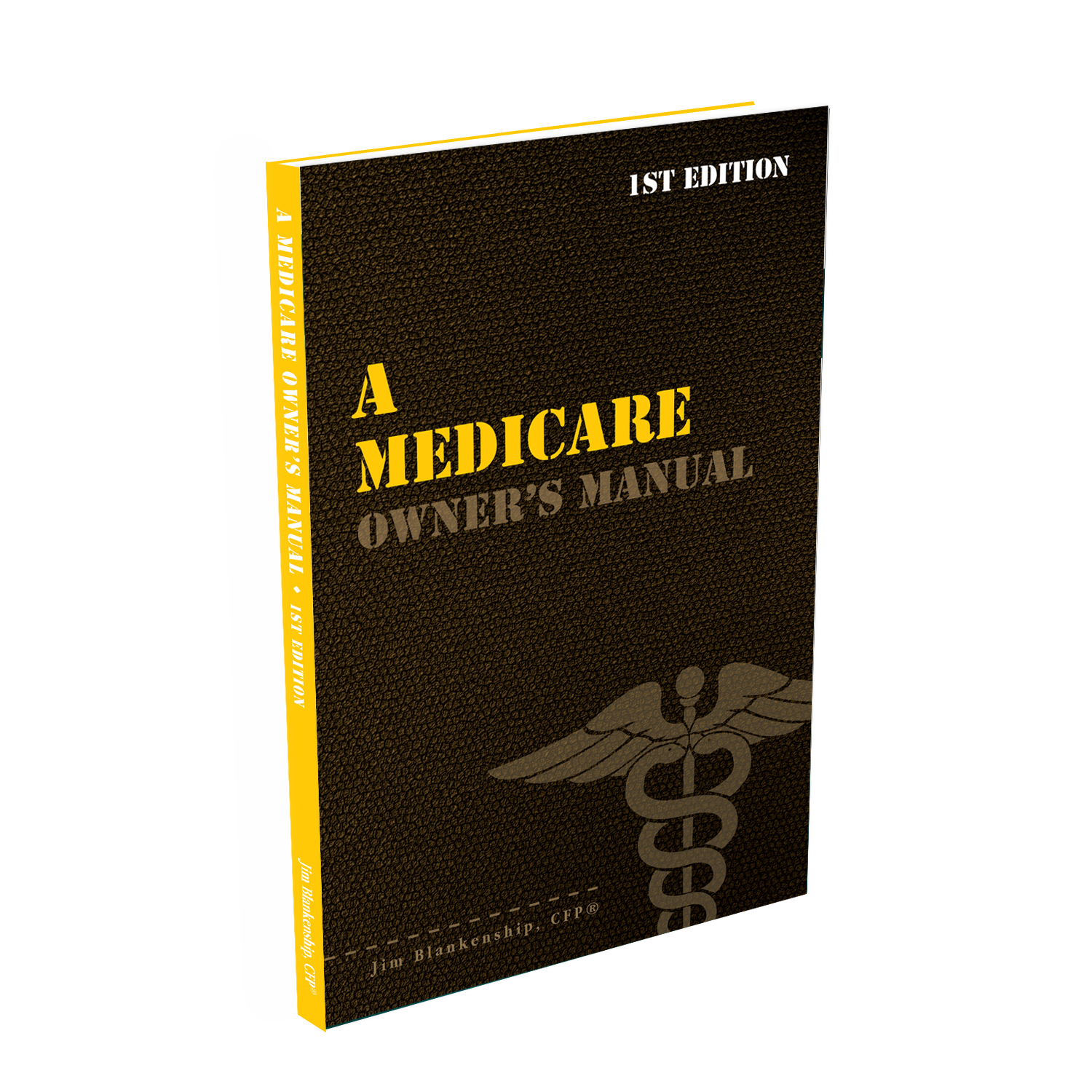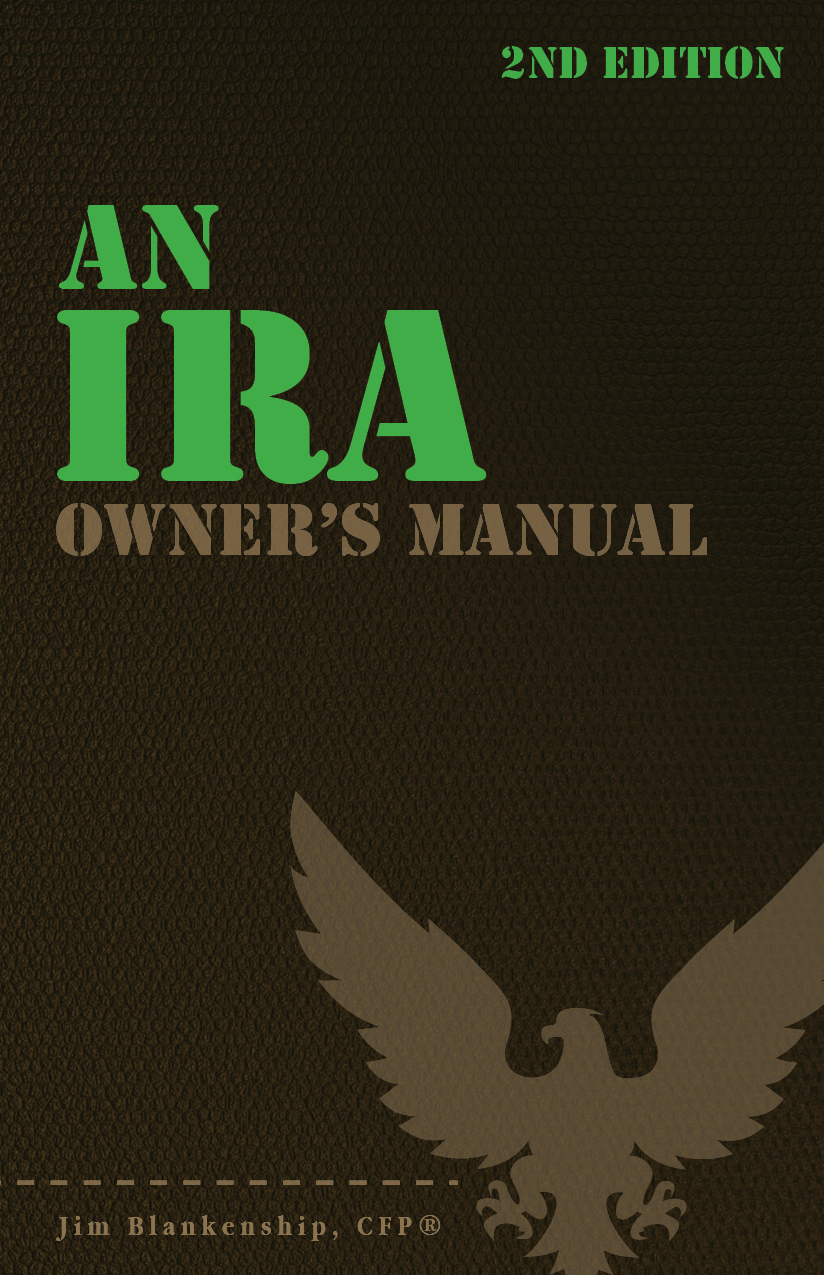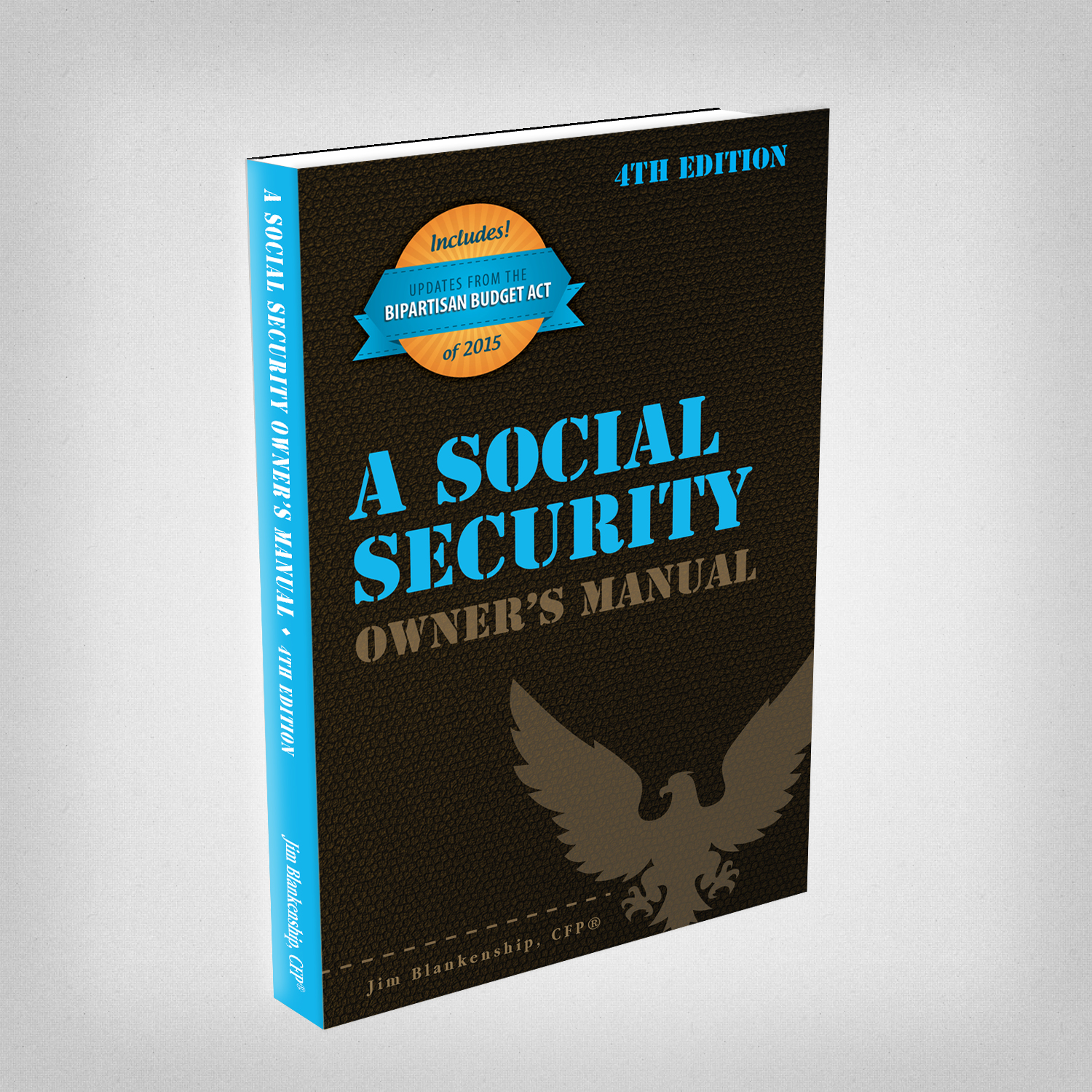 |
We’ve discussed the AIME (Average Indexed Monthly Earnings) calculation before, and it’s not like anything has changed about those calculations. It turns out that the calculation process can be a bit confusing (shocked? I think not).
The AIME is calculated using what’s known as the “base years”, which are those years between your age of 22 and 62 that occurred after 1950 (I realize most folks needing to know about this didn’t need that 1950 reference, but it’s part of the rules, so I included it). Of those 40 years, only the 35 years with the highest earnings are used to calculate the AIME. The earnings for each year is indexed (see the original article for details) and then the earnings are averaged.
One of the questions that comes up is how years after age 62 are handled in this process. If earnings in subsequent years are greater (after indexing) than earnings in the earlier “top 35” that was used for the calculation, your AIME can be recalculated, which might make a change to your PIA. So working past your age 62 can have a positive impact on the benefit that you (and possibly your family) can receive.
See the earlier article about the Primary Insurance Amount (PIA) calculation for how the AIME is used to generate the PIA. Bear in mind that additional earnings may not have a dramatic impact on your PIA. This is because (using 2012 figures) any amount of your AIME between $767 and $4,624 are included at the rate of 32%, and AIME amounts above $4,624 are included at only 15%. Therefore, increases to your AIME above those amounts have only a minimal impact on your PIA.



 Sterling Raskie, MSFS, CFP®, ChFC®
Sterling Raskie, MSFS, CFP®, ChFC® The latest in our Owner’s Manual series, A 401(k) Owner’s Manual, was published in January 2020 and is available on
The latest in our Owner’s Manual series, A 401(k) Owner’s Manual, was published in January 2020 and is available on  A Medicare Owner’s Manual, is updated with 2020 facts and figures. This manual is available on
A Medicare Owner’s Manual, is updated with 2020 facts and figures. This manual is available on  Social Security for the Suddenly Single can be found on Amazon at
Social Security for the Suddenly Single can be found on Amazon at  Sterling’s first book, Lose Weight Save Money, can be
Sterling’s first book, Lose Weight Save Money, can be  An IRA Owner’s Manual, 2nd Edition is available for purchase on Amazon. Click the link to choose the
An IRA Owner’s Manual, 2nd Edition is available for purchase on Amazon. Click the link to choose the  Jim’s book – A Social Security Owner’s Manual, is now available on Amazon. Click this link for the
Jim’s book – A Social Security Owner’s Manual, is now available on Amazon. Click this link for the  And if you’ve come here to learn about queuing waterfowl, I apologize for the confusion. You may want to discuss your question with Lester, my loyal watchduck and self-proclaimed “advisor’s advisor”.
And if you’ve come here to learn about queuing waterfowl, I apologize for the confusion. You may want to discuss your question with Lester, my loyal watchduck and self-proclaimed “advisor’s advisor”.
Great article Jim!
Love the French pun or reference. Very good. (I reposted since I put in a bad link to my first comment. You can delete the incorrect first comment.)